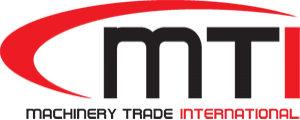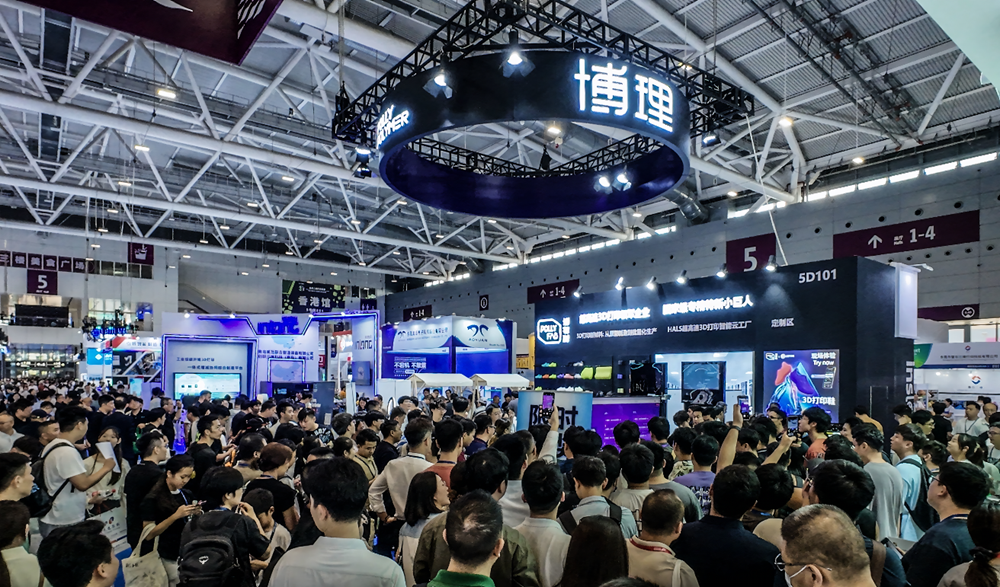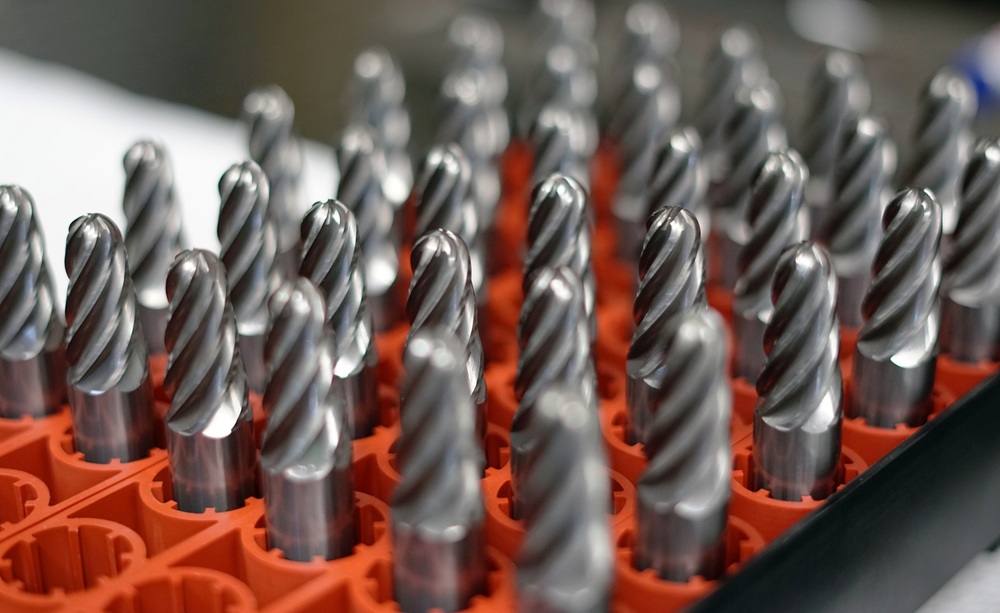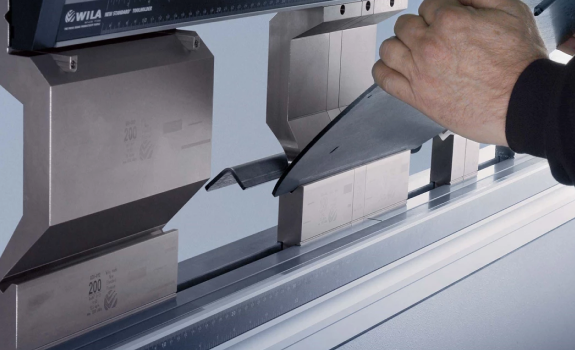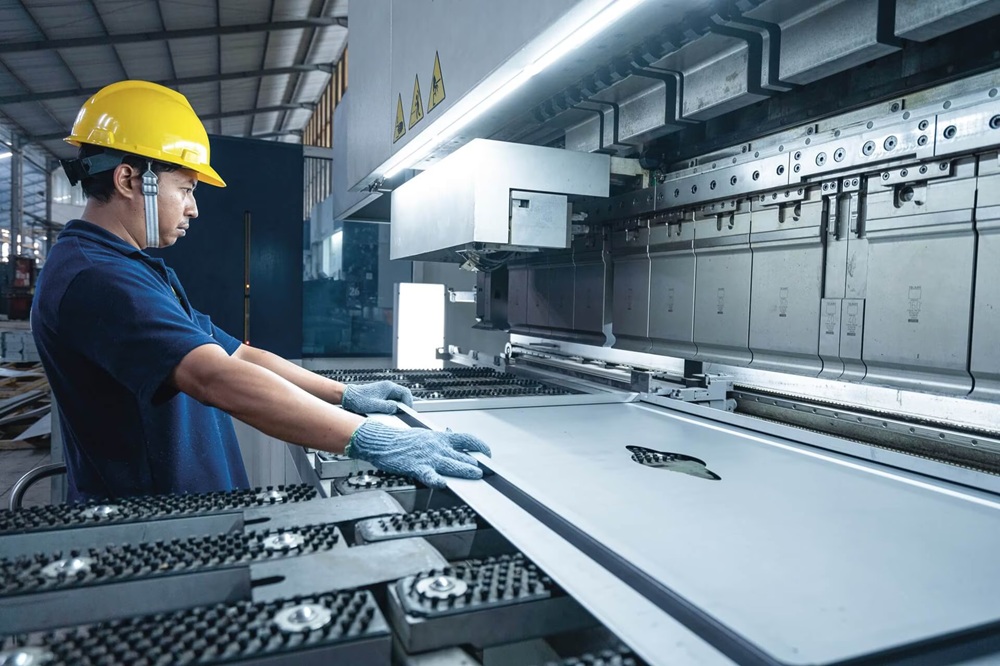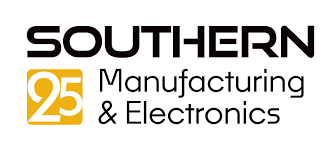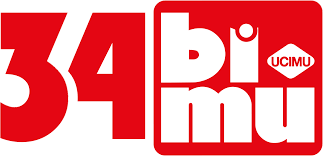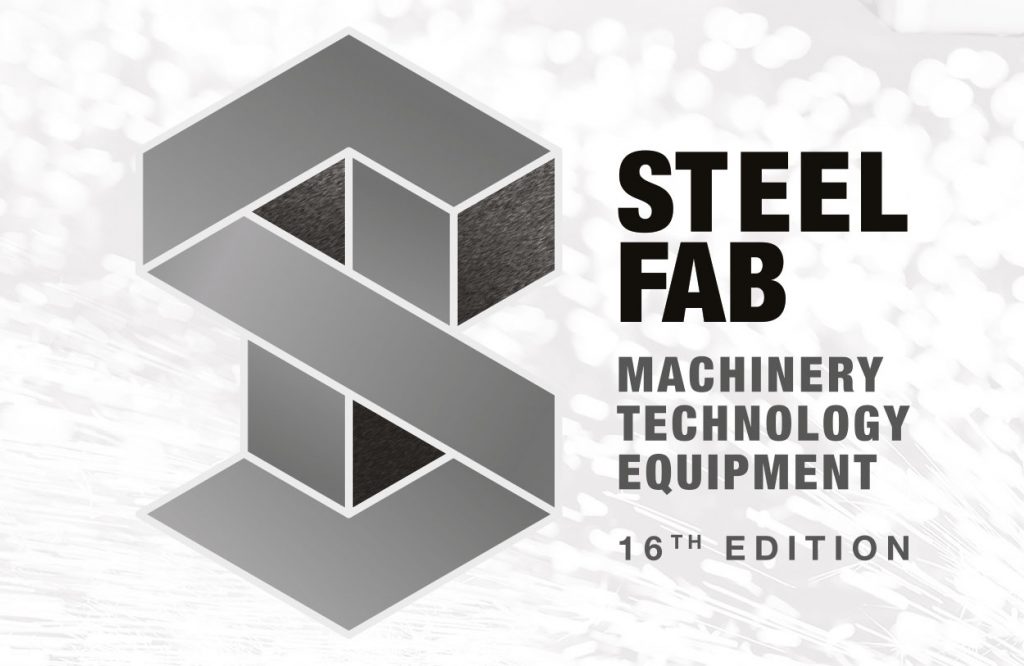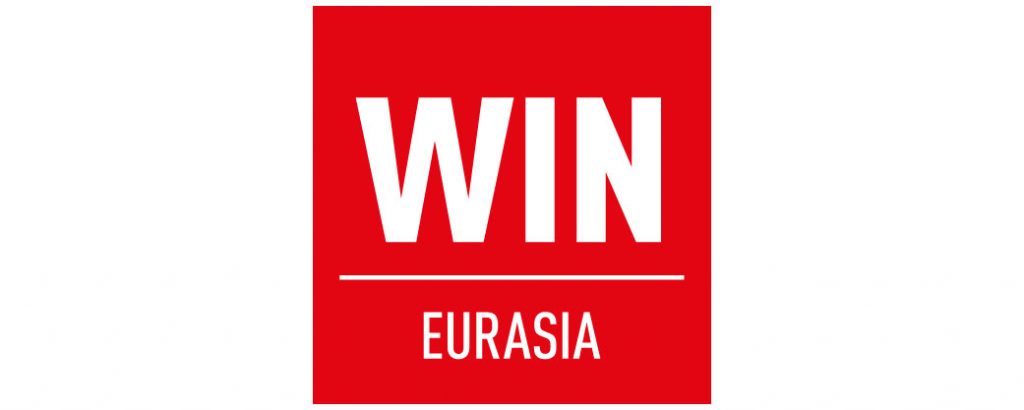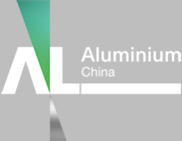Starrag’s headquarters in Rorschacherberg specialises in creating high-performance
machining centres for aircraft and turbine manufacturing. Nonetheless, the company offers
a broader range of solutions. Years of accumulated expertise from various projects is
evident in the numerous components developed internally: from carbide tools and RCS CAM
software for blades to clamping technology, fixture construction, automation solutions and
host computer technologies.
“This ‘full package’ sets us apart from other suppliers,” says Sofian Regaz, Starrag sales
manager for aerospace and turbine technology. “We don’t see ourselves purely as a
machine manufacturer, but as a solution provider for production processes in the aerospace
and turbine sector. This ranges from stand-alone machines to flexible manufacturing
systems, which customers can obtain from us as a one-stop shop.”
Sofian Regaz is primarily responsible for product management and sales of Starrag tools.
“Here in Rorschacherberg, we’ve spent many years developing and grinding carbide milling
cutters for aircraft and turbine components made from difficult-to-machine materials such
as titanium, Inconel or high-alloy steels.”
Though Starrag offers a small range of standard tools, over 90% of the company’s tools are
custom-made products. These tools are tailored to specific machining processes that fully
embrace the component, the machine, the material and other considerations.
“It makes a huge difference whether I adapt my NC program to a catalogue milling cutter or
design the tool in terms of the cutting edge length, corner radius, flank angle and coating,”
says Regaz. “This enables us to deliver the optimum machining process. Our customers
enjoy great success with this.”
Starrag sells most of its machines as part of a manufacturing solution for a specific
component or component family, so the corresponding specialist tools are usually supplied
with them. This incorporates an explanation of why the tools are designed in a particular
way and the expertise on which they are based.
“The customer needs to know how their tools differ from catalogue tools and the impact
these differences have,” he says. “They also need to understand that the advantages of our
tools cannot be found with other suppliers.”
This expertise is no coincidence. Starrag maintains a close, partnership-based relationship
with its customers and supports them throughout the production process and beyond the
warranty period.
“This means that if, for example, a component is due to be changed and the machine needs
to be set up for a new process, we are still by our customer’s side to offer new customised
tools as necessary.”
Starrag says it has a distinct advantage over traditional tool manufacturers. Tools are both
developed and ground at the Rorschacherberg plant, which also houses the Aerospace and
Turbine Competence Centre (ATCC). The 2000 sq m centre is equipped with all the latest
five-axis machining centres from the Starrag NB, LX and STC series.
Says Regaz: “We use these machines for a wide range of our own trials and trials for our
customers, as well as for developing and optimising processes ,and for our analyses and tool
tests. We even take on small series production on behalf of customers.”
For the tool team, this means they can reproduce the customer’s processes 1:1 on original
machines and optimise the tools before delivery. Time and again, customers confirm that
this saves numerous transport routes and, in turn, a significant amount of time and money.
“If corrections to the tool are still necessary, we can react and adopt changes very quickly
because we have our own grinding shop. We achieve incredibly quick response times,
sometimes just in half a day.”
The ATCC is an important meeting place where Starrag technologists, machine operators,
automation specialists, tool specialists and customers come together. Starrag offers
comprehensive support in programming the machines, managing processes and optimising
subsequent processes. For the tool team, this is a valuable source of expertise.
“This is where we find out how the market is evolving, how materials are changing, what the
blanks of the future will look like and what requirements components will have to meet. The
ATCC allows us to get ahead of the game with our tool developments and offer our
customers solutions early on.”
Starrag is also well-positioned worldwide in tool servicing. Starrag has partnered with
Oerlikon Balzers to save customers time and money by providing on-site regrinding and
recoating services for Starrag in America and Asia.
“We also offer a similar service in-house, but customers can save themselves the long
journeys from overseas by using our partner offer.”
Regaz says customer feedback on Starrag tools is consistently positive. He indicates a recent
special confirmation of success from Honeywell Aerospace Ireland, where Starrag had the
chance to work as a tool problem solver. The starting basis was that tool wear was
extremely high when machining a titanium turbine blade. No more than 10 components
could be machined with the existing milling cutter. That is when the engine manufacturer
invited important tool manufacturers to get a handle on the problem. While one supplier
managed to increase the service life to 20 components, Starrag’s special tools were able
produce 40 components.
“Honeywell considered this worthy of not only a contract, but also an award. In June 2024,
we were awarded the ‘Kaizen of the Month’ prize.”
The tool business has experienced tremendous growth in recent years. This success is not
solely due to stories like the Honeywell contract. The expanded product range has also
played a significant role. While Starrag used to produce only end mills, torus mills and
conical ball-nose mills, today the company also grinds cylindrical and barrel ball-nose mills,
lollipop mills, barrel cutters and chamfer milling cutters. Additionally, a range of high-feed,
plunge, and various form milling cutters can be applied to turbine blade roots.
To generate further growth, Starrag will offer special tools for machining aluminium
alongside tools for more challenging materials.
“Our process expertise in aircraft and turbine construction is so extensive that we can also
enjoy great success with our tools on third-party machines,” concludes Regaz. “And we’re
already in talks with other Starrag sites. In the future, we want to utilise their machining
centres and their expertise to produce special tools for other industries.”
More information www.starrag.com
